Prices in AUD. Shipping worldwide. Flat rate $8 postage per order within Australia. International by weight calculated at checkout. Read full terms.
-
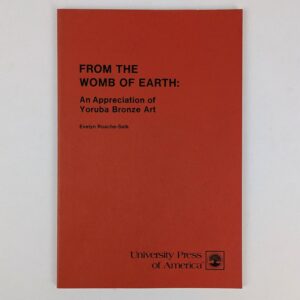
From the Womb of Earth: An Appreciation of Yoruba Bronze Art
AU$100.00 Read MoreAdd to cartEvelyn Roache-Selk
Washington, D.C.: University Press of America, 1978. -

Yoruba Beaded Crowns: Sacred Regalia of the Olokuku of Okuku
AU$300.00 Read MoreAdd to cartUlli Beier
London: Ethnographica, 1982. -
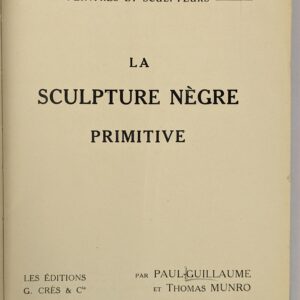
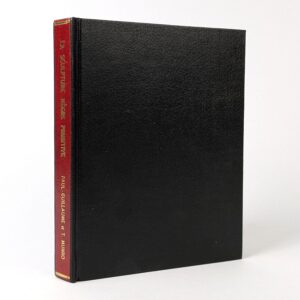
La Sculpture Negre Primitive
AU$200.00 Read MoreAdd to cartPaul-Guillaume; T. Munro
Paris: Les Editions, G. Cres & Cie, 1929.Rebound in black cloth with the original wrappers. Bookplates of Marshall Laird and Philip Goldman with pencil annotation to half-title identifying it as Collier Garland’s copy.
-
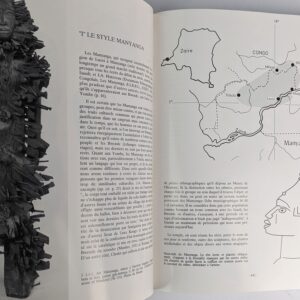
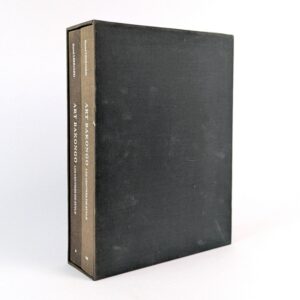
Art Bakongo: Les Centres de Style
AU$800.00 Read MoreAdd to cartRaoul Lehuard
Arnouville: Arts d’Afrique Noire, 1989. -
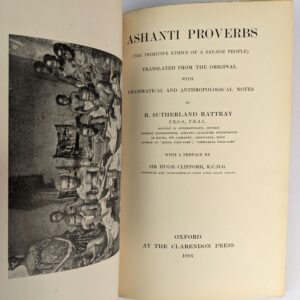
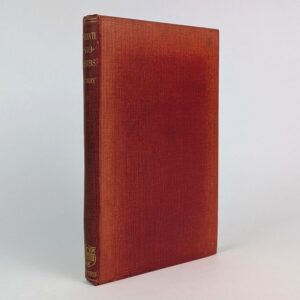
Ashanti Proverbs (The Primitive Ethics of a Savage People)
AU$400.00 Read MoreAdd to cartR. Sutherland Rattray
Oxford: The Clarendon Press, 1916.Translated from the Original with Grammatical and Anthropological Notes by R. Sutherland Rattray. With a Preface by Sir Hugh Clifford. This copy signed by the author to the front free endpaper.
-

Art of Africa
AU$300.00 Read MoreAdd to cartJacques Kerchache; Jean-Louis Paudrat; Lucien Stephan
New York: Harry N. Abrams, 1993.First Edition in English, translated from the French by Marjolijn de Jager. With an essay, The Principal Ethnic Groups of African Art by Francoise Stoullig-Marin.
-
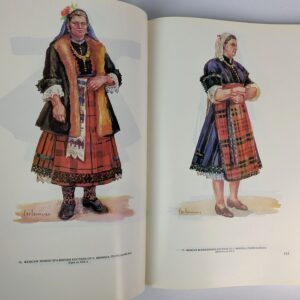
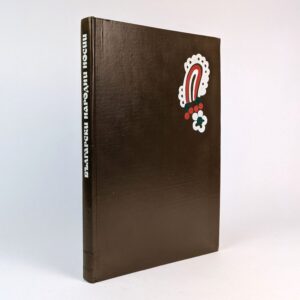
Bulgarian Folk Costumes Volume IV: Bulgarian Folk Costumes from South Bulgaria in the 19th Century and the First Half of the 20th
AU$100.00 Read MoreAdd to cartM. Veleva; E. Lepavcova
Sofia: Publishing House of the Bulgarian Academy of Sciences, 1988.The final volume in a 4 work series on Bulgarian Folk Costumes focusing on Southern Bulgaria.
-
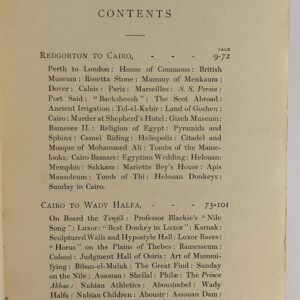

Through Eastern Lands
AU$150.00 Read MoreAdd to cartA. M. Snadden
Paisley: Alexander Gardner, 1904.Travel account from the UK to Egypt, Sudan, and Palestine, including Mount Sinai, Jerusalem, the Sea of Galilee, and more, before returning through Italy. This copy signed “With the author’s regards” to the front free endpaper, and with the bookplate of tribal art dealer Philip Goldman.
-


Scripta Minoa Volume I
AU$600.00 Read MoreAdd to cartArthur J. Evans
Oxford: The Clarendon Press, 1909.The Written Documents of Minoan Crete with Special Reference to the Archives of Knossos. Volume I: The Hieroglyphic and Primitive Linear Classes with an account of the discovery of the pre-Phoenician scripts, their place in Minoan story and their Mediterranean relations. Volume I only, Volume II was not published until 1952.
-

Corpus of Indus Seals and Inscriptions: 2. Collections in Pakistan
AU$500.00 Read MoreAdd to cartSayid Ghulam Mustafa Shah; Asko Parpola
Helsinki: Soumalainen Tiedeakatemia, 1991. -

Krishna: The Divine Lover: Myth and Legend through Indian Art
AU$50.00 Read MoreAdd to cartEnrico Isacco
Boston: David R. Godine, 1982. -
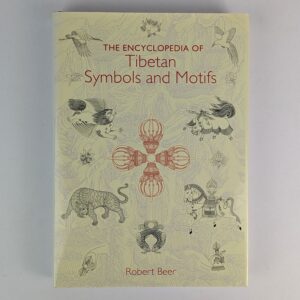
The Encyclopedia of Tibetan Symbols and Motifs
AU$150.00 Read MoreAdd to cartRobert Beer
London: Serindia Publications, No date. -

The Tribal World of Verrier Elwin: An Autobiography
AU$80.00 Read MoreAdd to cartVerrier Elwin
Oxford: Oxford University Press, 1964. -
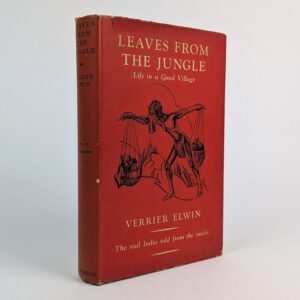
Leaves from the Jungle: Life in a Gond Village
AU$80.00 Read MoreAdd to cartVerrier Elwin
London: John Murray, 1936. -
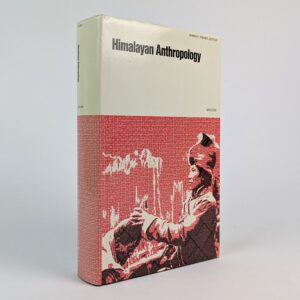
Himalayan Anthropology
AU$100.00 Read MoreAdd to cartJames F. Fisher
The Hague: Mouton Publishers, 1978. -

Catalogue of the Himalayan Literature
AU$300.00 Read MoreAdd to cartYoshi Yakushi
Tokyo: Hakusuisha Publishign Co., 1984.The standard bibliography for works on the Himalayas.
-
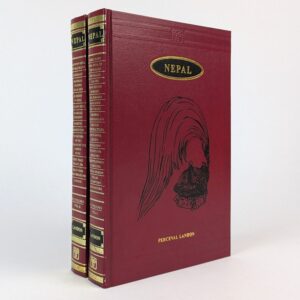
Nepal (2 Volumes)
AU$50.00 Read MoreAdd to cartPerceval Landon
New Delhi: Asian Educational Services, 1993. -
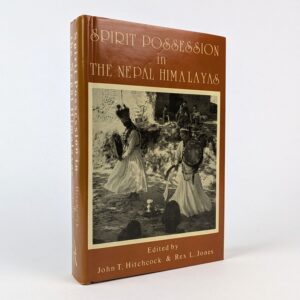
Spirit Possession in the Nepal Himalayas
AU$60.00 Read MoreAdd to cartJohn T. Hitchcock; Rex L. Jones
Warminster: Aris & Phillips, 1976. -

Essays on the Languages, Literature and Religion of Nepal and Tibet
AU$30.00 Read MoreAdd to cartB. H. Hodgson
Varanasi: Bharat-Bharati, 1971.Together with further papers on the geography, ethnology and commerce of those countries. Reprint of the 1874 London Edition.
-
![[Bhutan and Tibet]: An Account of an Embassy to the Court of the Teshoo Lama in Tibet](https://www.thebookmerchantjenkins.com/wp-content/uploads/0036601-300x300.jpg)
[Bhutan and Tibet]: An Account of an Embassy to the Court of the Teshoo Lama in Tibet
AU$100.00 Read MoreAdd to cartSamuel Turner
New Delhi: Manjusri Publishing House, 1971.Containing a Narrative of a Journey through Bootan, and part of Tibet by Captain Samuel Turner. Cover title: Bhutan and Tibet. The first facsimile edition after the 1800 London Edition, one of the 900 standard copies from a total edition of 1,000 numbered copies. Bibliotheca Himalayica. Series I, Volume 4.
